Emily Lakdawalla • Jan 03, 2014
Looking back at 10 years of imaging by the Mars Exploration Rovers (Video)
The Planetary Society is holding a virtual "Rover Party" to celebrate 10 years of the Mars Exploration Rovers exploring the surface of Mars. (I can't believe it's been 10 years!!) Planetary Society President Jim Bell and I got together to look back at just a few of the great images that both rovers have taken, and tell stories about them. I hope you enjoy this conversation as much as I did!
A Photographer on Mars: Emily Lakdawalla Talks With Jim Bell Jim Bell leads the camera team for the Mars Exploration Rovers that reached Mars exactly 10 years ago. He's also the best-selling author of
Because the video can't do justice to the great images, here are all the images that we discuss in the video.
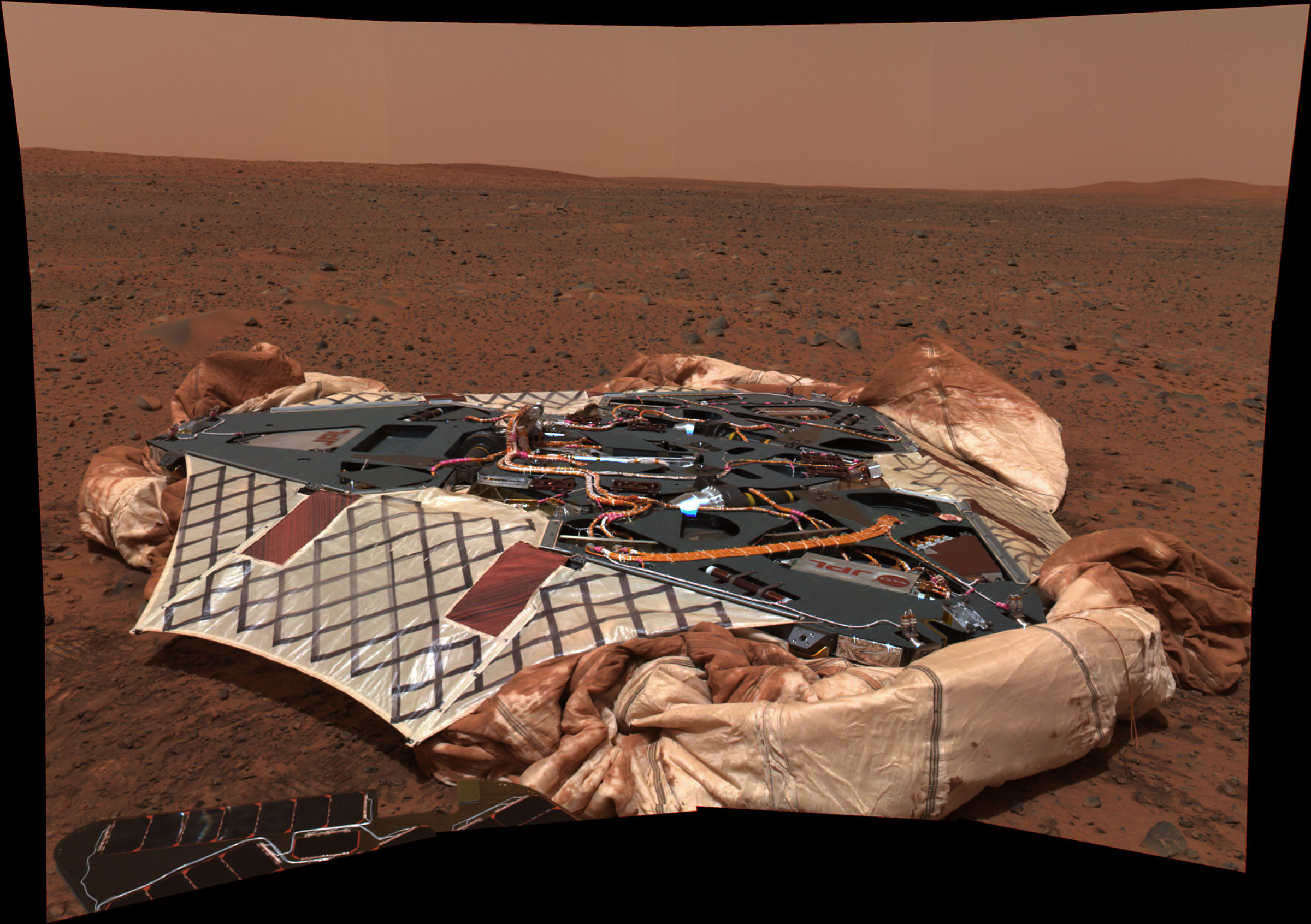



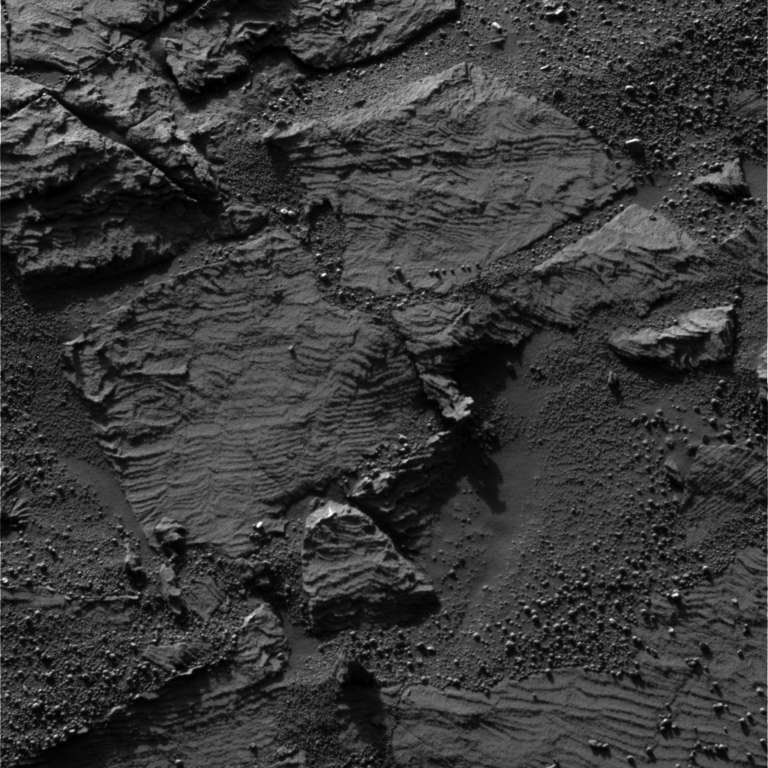


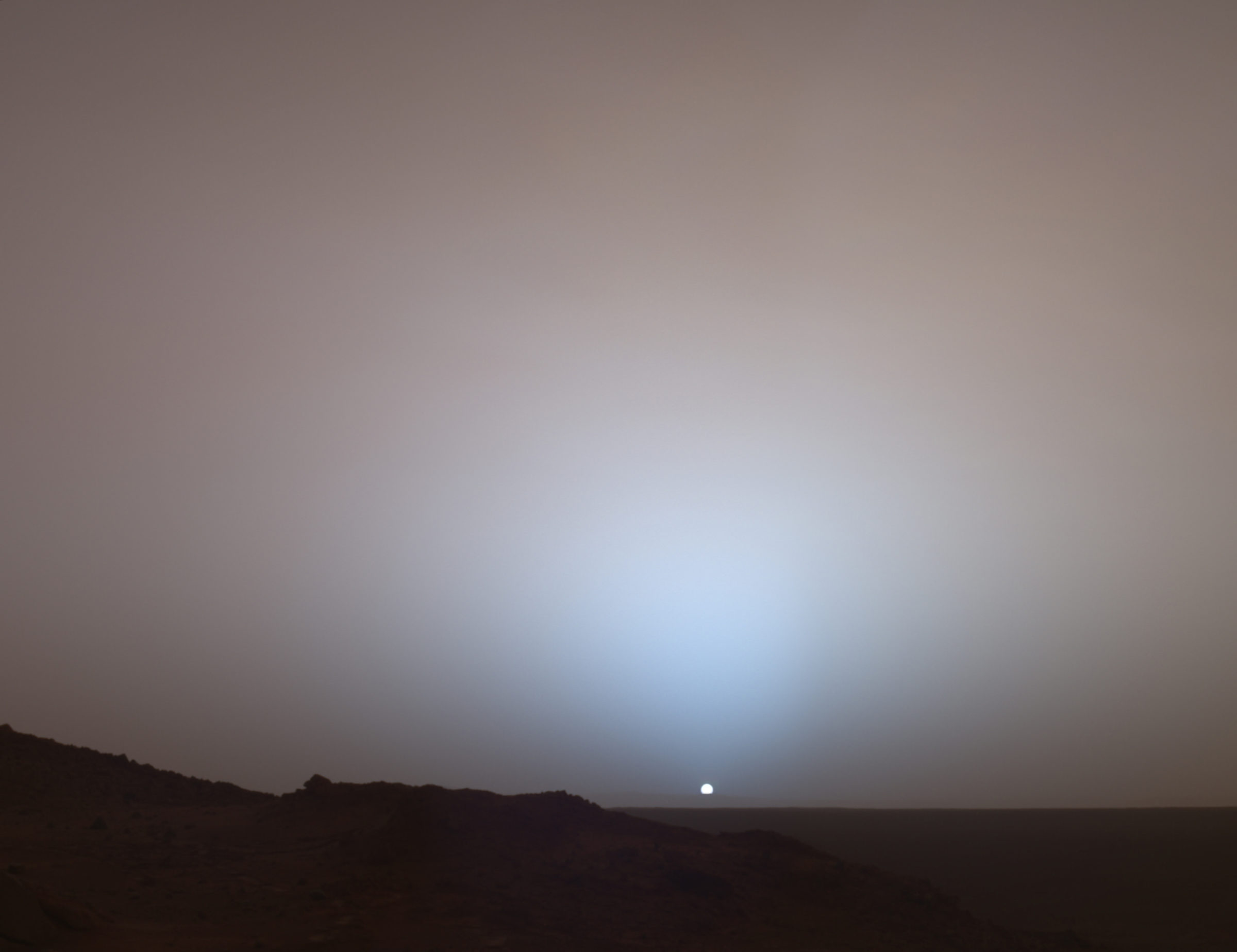

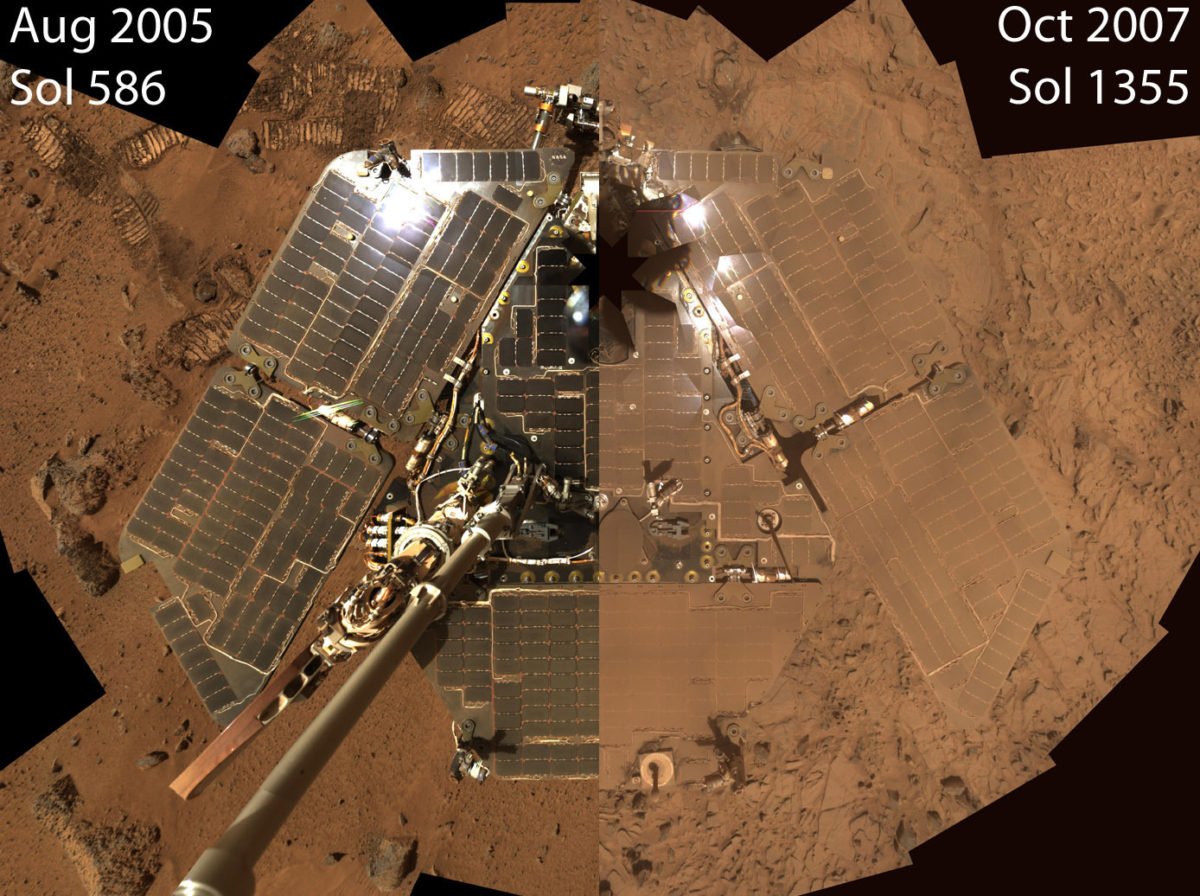



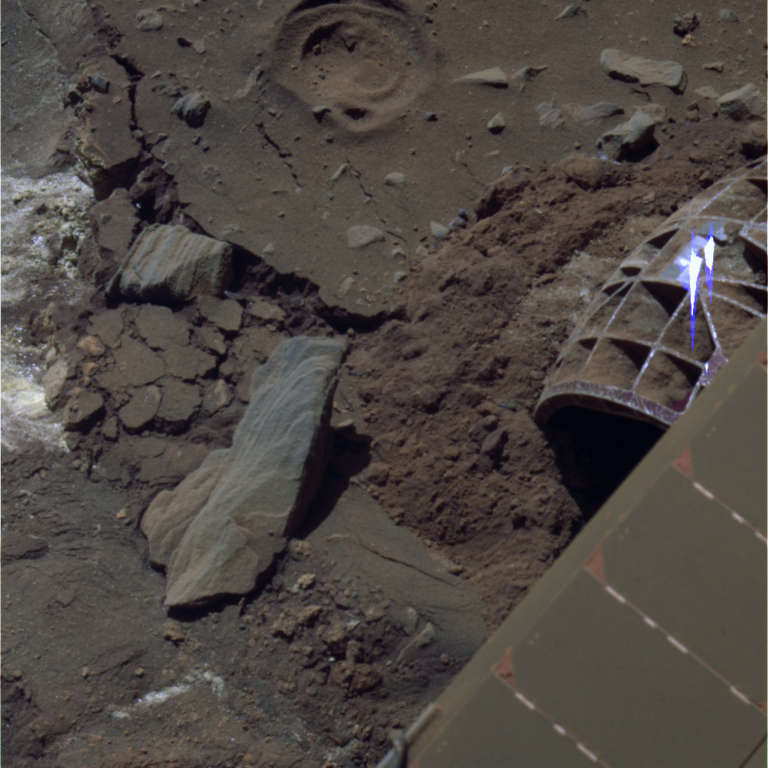
Finally, here's a super-cool graphical timeline of the Spirit and Opportunity missions, put together by one of the fine members of unmannedspaceflight.com.

Support our core enterprises
Your support powers our mission to explore worlds, find life, and defend Earth. You make all the difference when you make a gift. Give today!
Donate

 Explore Worlds
Explore Worlds Find Life
Find Life Defend Earth
Defend Earth

